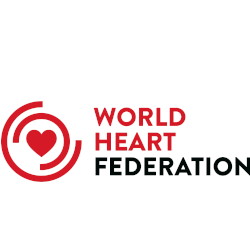Research
A simple valid tool for measuring obesity-related-CHD risk in Sri Lankan adults
Abstract
Background: The significance of anthropometric measures of obesity that determine coronary-heart-disease (CHD) risk varies among populations. This study compares waist circumference (WC) and body mass index (BMI) in identifying the ‘‘obesity-related-CHD risk’’ among Sri Lankan adults.
Methods: A population-based cross-section of 515 adults aged 20–64 years, residing in the district of Colombo in 2004 was selected by a multi-stage, stratified, probability sampling method. WC, height and weight were measured. Demographic, socioeconomic and lifestyle characteristics, smoking and obesity-related-CHD risk factors (hypertension, dyslipidaemia, diabetes) were assessed by questionnaires, physical measurements and biochemical assessments. ‘‘Obesity-related CHD risk’’ was defined by the presence of ⩾1 obesity-related-CHD risk factors.
Results: Compared to BMI, WC was a stronger correlate of systolic and diastolic blood pressure, triglycerides among both sexes and of plasma glucose among males. It was also an independent predictor of obesity-related-CHD risk in both males (beta co-efficient = 0.046; standard error = 0.013) and females (0.024; 0.012) in contrast to BMI, which was significant only among males (0.138; 0.037) in the logistic regression models adjusted for confounders. At the same level of obesity-related-CHD risk corresponding with BMI of 25 kg/m2 (OR = 1.7) and 30 kg/m2 (OR = 3.5), the corresponding WC values were 90.5 cm and 105.5 cm for males and 100 cm and 129 cm for females. The derived optimal risk thresholds of WC for identifying obesity-related- CHD risk was 88.5 cm for males and 82 cm for females.
Conclusions: WC with its sex-specific cutoff values can serve as a better screening tool than BMI in identifying individuals at risk of obesity-related CHD in low-resource settings.


